Full Text Searchable PDF User Manual
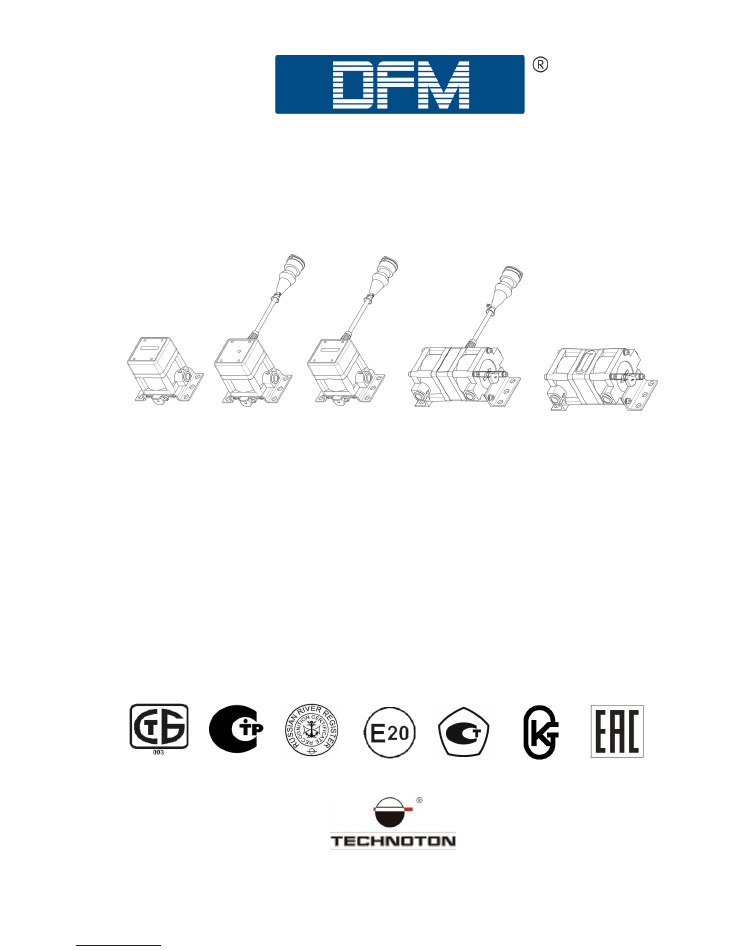
DFM FUEL FLOW METERS
DFM 50/100/250/500
one-chamber and differential
OPERATION MANUAL
(includes Service S6 DFM software manuals)
Version 6.4
This document is intended for fuel flow meters
manufactured after 01.01.2016

Contents
DFM fuel flow meters. Operation manual. Version 6.4
© Technoton, 2017
2
Contents
Revision history ......................................................................................................... 4
Terms and Definitions ................................................................................................ 5
Introduction .............................................................................................................. 7
1 DFM general information and technical specifications ................................................. 10
1.1 Purpose of use and application area .................................................................. 10
1.2 Exterior view and delivery set ........................................................................... 13
1.3 DFM modifications ........................................................................................... 14
1.3.1 Autonomous fuel flow meters with display .................................................... 14
1.3.2 Fuel flow meters with display and interface cable .......................................... 15
1.3.3 Fuel flow meters with interface cable ........................................................... 16
1.3.4 Differential fuel flow meters with interface cable ........................................... 17
1.3.5 Differential autonomous fuel flow meters with display .................................... 18
1.4 Measurement range and accuracy ..................................................................... 19
1.5 Unit structure and operation principle ................................................................ 20
1.6 Technical specifications .................................................................................... 22
1.6.1 Working fluids ........................................................................................... 22
1.6.2 Main specifications .................................................................................... 23
1.6.3 Specifications of measuring chambers .......................................................... 25
1.6.4 Power supply modes .................................................................................. 26
1.6.5 Operation modes ....................................................................................... 27
1.6.6 Displayed data .......................................................................................... 28
1.6.7 DFM protection from tampering and intervention ........................................... 31
1.6.8 DFM pulse output signal specifications ......................................................... 32
1.6.9 RS-232 and RS-485 output interfaces specifications and protocol .................... 33
1.6.10 CAN output interface specifications and protocol .......................................... 34
1.7 DFM and tracking devices compatibility .............................................................. 36
1.8 DFM selection ................................................................................................. 37
1.8.1 Selection depending on engine power (boiler output capacity) ........................ 37
1.8.2 Selection depending on fuel flow rate in supply and return lines of the engine .. 38
2 DFM installation .................................................................................................... 39
2.1 Exterior inspection prior to works start .............................................................. 39
2.2 Estimation of vehicle condition .......................................................................... 40
2.3 General installation instructions ........................................................................ 41
2.4 Fuel flow meters mounting schemes .................................................................. 43
2.4.1 Typical diesel engine fuel system scheme ..................................................... 43
2.4.2 DFM installation before the pump ................................................................ 44
2.4.3 DFM installation after the pump .................................................................. 46

Contents
DFM fuel flow meters. Operation manual. Version 6.4
© Technoton, 2017
3
2.4.4 Differential DFM installation scheme ............................................................ 48
2.5 Electrical connection ........................................................................................ 51
2.6 Fuel flow meter configuration ........................................................................... 54
2.6.1 Connecting DFM to PC................................................................................ 54
2.6.2 User interface ........................................................................................... 58
2.6.3 User authorization ..................................................................................... 59
2.6.4 Working with DFM profile ........................................................................... 60
2.6.5 Configuration for connection to external terminal unit .................................... 62
2.6.6 Operation check ........................................................................................ 63
2.6.7 Configuration for specific operation conditions .............................................. 64
3 Measurement accuracy check ................................................................................. 66
3.1 Test conditions ............................................................................................... 66
3.2 Conducting the tests ....................................................................................... 67
4 Accessories .......................................................................................................... 69
4.1 Mounting kits ................................................................................................. 69
4.2 Connecting cables ........................................................................................... 74
4.3 Additional accessories ...................................................................................... 75
4.4 DFM DA 250 deaerator .................................................................................... 77
5 Registered Events control ...................................................................................... 79
6 Diagnostics and troubleshooting ............................................................................. 80
7 Verification .......................................................................................................... 81
8 Maintenance ......................................................................................................... 82
9 Packaging ............................................................................................................ 83
10 Storage ............................................................................................................. 84
11 Transportation .................................................................................................... 85
12 Utilization/re-cycling ............................................................................................ 86
Contacts ................................................................................................................. 87
Annex A Overall dimensions and weight .................................................................... 88
Annex B Vehicle inspection report ............................................................................. 98
Annex C Template of check test report ...................................................................... 99
Annex D Register map of DFM output messages under Modbus protocol ....................... 100
Annex E DFM COM data transfer protocol .................................................................. 103
Annex F Signal cables ............................................................................................ 108
Annex G DFM CAN connection options ...................................................................... 109
Annex H SPN of DFM Functional Modules .................................................................. 113
Annex I DFM firmware upgrade ............................................................................... 122
Annex J Videos ...................................................................................................... 123
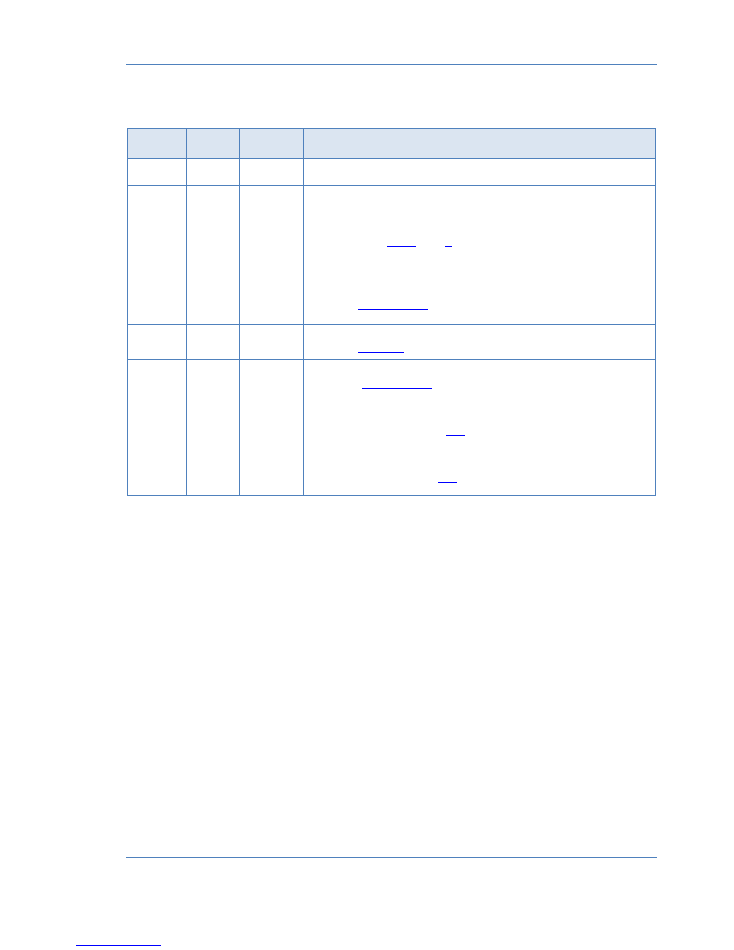
Revision history
DFM fuel flow meters. Operation manual. Version 6.4
© Technoton, 2017
4
Revision history
Version
Date
Editor
Description of changes
1.0
01.2007
Basic version.
6.2
12.2016
OD
Concept of recommended re-calibration interval of DFM
is introduced. Re-calibration interval of DFM is defined
by volume of fuel went through measuring chamber of
DFM (see
1.6.3
and
8
).
Description of new version of flow meter available for
order is added - DFM 250 HP and DFM 500 HP charac-
terized
by
higher
fuel
consumption
rate
(see
Introduction
, figure 1).
6.3
01.2017
OD
DFM COM data transfer protocol updated
(see
annex E
, table E.5).
6.4
06.2017
OD
Clarifications in DFM order identification codes added
(see.
Introduction
, figure 1).
Table of measurement range and accuracy is divided in
two separate parts: for one-chamber and for differen-
tial flowmeters (see
1.4
).
General installation instructions are amended with de-
scription of symbols on DFM body for proper installation
into fuel lines (see
2.3
, figure 20).
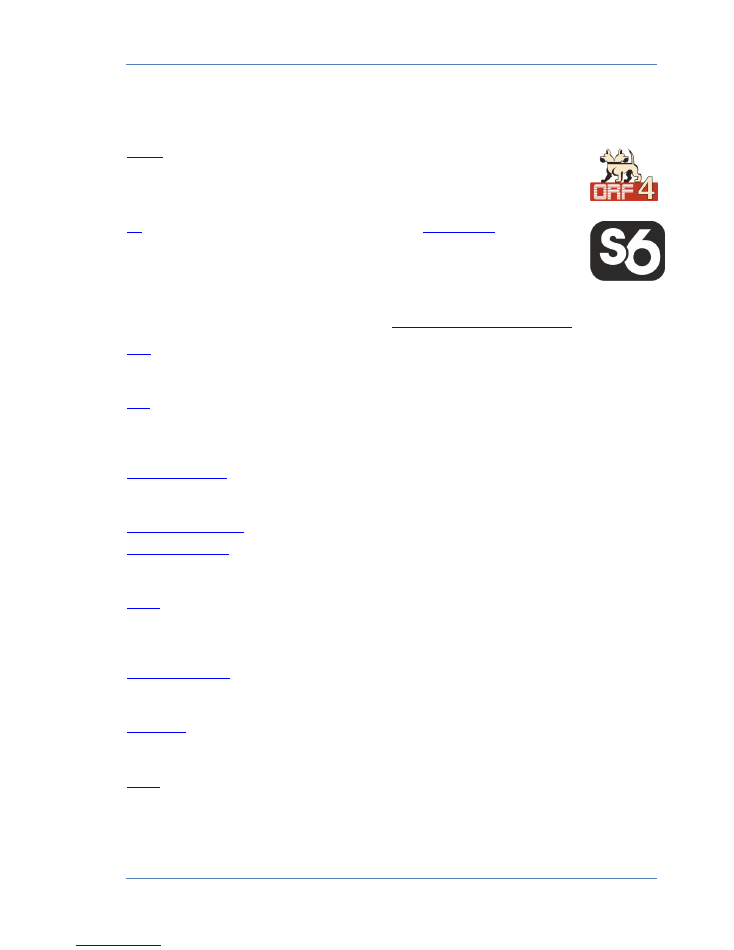
Terms and Definitions
DFM fuel flow meters. Operation manual. Version 6.4
© Technoton, 2017
5
Terms and Definitions
ORF 4
— is the Telematics Service by Technoton developed for receiving and
processing Onboard Reports via Internet, displaying Operational Data
overlapped on area
maps, information storage in database and Analytical
Reports generation upon user’s request.
S6
— is the vehicle onboard data bus developed by
TECHNOTON
to enable
integrating the GPS/GLONASS-based vehicle monitoring system into the
vehicle electrical equipment. It comprises a set of cables, interfaces and
protocols. Physically, it is implemented on the basis of CAN 2.0B
(ISO 11898-1:2003) and K-Line (ISO 9141). S6 bus data exchange protocol
complies with SAE J1939 International Standard.
To get more details on S6 telematics bus visit
http://s6.jv-technoton.com/en/
PGN
(Parameter Group Number) — is a combined group of S6 parameters, which has com-
mon name and number. Functional Modules (FM) of the Unit can have input/output PGNs
and setup PGNs.
SPN
(Suspect Parameter Number) — informational unit of S6. Each SPN has determined
name, number, extension, data type and numerical value. The following types of SPN exist:
Parameters, Counters, Events. SPN can have a qualifier which allows qualification
of param-
eter’s value (e.g. – Onboard power supply limit/Minimum).
Analytical report
—
report generated in ORF4 on vehicle or group of vehicles operation for
chosen time period (usually a day, week or month). Can be composed of numbers, tables,
charts, mapped route of vehicle, diagrams.
Onboard equipment
(OE) — Telematics System Elements, directly installed in vehicle.
Onboard Reports
(the Reports) — iInformation about vehicle which is returned to a user of
Telematics System in accordance with inputted criteria. The Reports are generated by a
terminal unit both periodically (Periodic Reports) and on Event occurrence (Event Report).
GNSS
(Global Navigation Satellite System) — System for area positioning of an object
through satellite signal processing. GNSS is composed of space, ground and user segments.
Currently, there are several GNSSs: GPS (USA), GLONASS (Russia), Galileo (EU), Compass
(China).
Online monitoring
— remote monitoring of location and vehicle operation in real time, the
accumulation of information and preparation of Analytical Reports by requests of ORF 4
user.
Parameter
— vehicle’s characteristics varying over time or in space. E.g. hourly fuel con-
sumption, speed, fuel volume in tank, coordinates. The Parameter is usually depicted as a
chart and an average value.
Route
— data massive, consisting of coordinates, speed and direction of vehicle’s move-
ment. Corresponds to a real route of the vehicle. Depicted as lines on the Map. Direction of
vehicle’s movement is depicted by arrows.
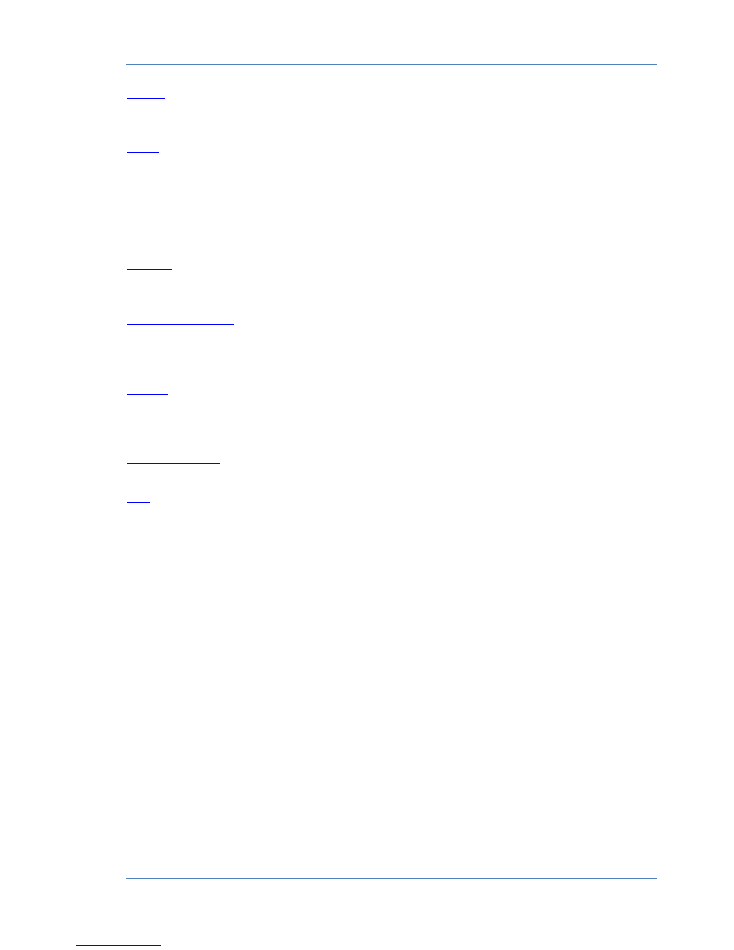
Terms and Definitions
DFM fuel flow meters. Operation manual. Version 6.4
© Technoton, 2017
6
Server
— hardware and software combination of Telematics Service ORF 4, designed for
Operation Data processing and storage, also for generation and transfer of Analytical Re-
ports upon User’s request.
Event
—
relatively rare and sudden change in SPN. For example, the attempt to falsify val-
ues of ―Instant fuel consumption‖ counter by applying electromagnetic field to fuel flow me-
ter will be recognized as ―Interference‖ Event. An Event can have one or several character-
istics. ―Interference‖ Event has the following: date/time and duration of interference. When
the Event occurs, a terminal unit registers the time of occurrence, which is later mentioned
in a report on the event. Thus, the Event is always attached to exact time and place of oc-
currence.
Counter
—
cumulative numerical characteristics of Parameter. Counter is represented by a
number, which can only grow in time. Examples of Counters: fuel consumption, engine op-
eration time, total distance and other.
Telematics system
— complex solution for real-time and after trip vehicle monitoring and
control. Main vehicle parameters monitored: route, fuel consumption, operation time, tech-
nical condition of vehicle, safety. Consists of OE, Communication channels, Telematics Ser-
vice ORF 4.
Vehicle
— an object controlled within Telematic system. Usually Vehicle means a truck,
tractor or bus, sometimes a locomotive or river boat. From Telematic system point of view,
stationary objects are also considered to be vehicles: diesel gensets, stationary tanks,
boilers/burners.
Function Module
(FM) — unit-embedded component of hardware and software combination,
executing a group of special functions. Uses input/output PGNs and settings PGNs.
Unit
— an element of Onboard Equipment of Vehicle, which is connected to Telematics In-
terface S6. Particularly, in this document Unit means DFM fuel flow meter.
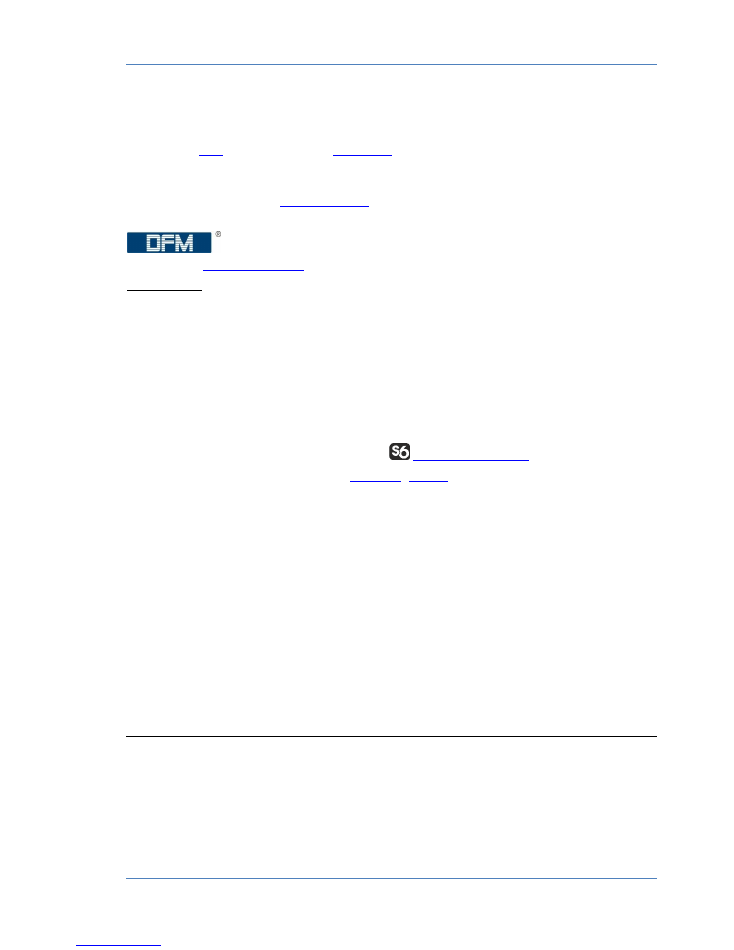
Introduction
DFM fuel flow meters. Operation manual. Version 6.4
© Technoton, 2017
7
Introduction
The Operation Manual contains guidelines and rules which refer to
DFM fuel flow meters
(hereinafter
DFM
), developed by JV
Technoton
, Minsk, Belarus.
The manual contains information on design, operation principle, specifications and
instructions on installation, use and maintenance of DFM. The manual provides guidelines
on DFM configuration with
Service S6 DFM
software (version 1.11 and higher).
— is a precise tool for fuel consumption measurement. DFM can be
as a part of
Teleamtic System
or as stand-alone solution.
DFM features:
conformity with European and national automotive standards and directives;
fuel consumption and operation time control – overall and in different engine opera-
tion modes;
protection against unauthorized interference in operation and data ―tampering‖;
maximum information richness of output data
*
;
high reliability of data transmission over digital interfaces
*
;
unique self-diagnostics feature to monitor the stability and accuracy of data
*
;
possibility of integration into on-board
Telematics Interface
of vehicles
**
;
embedded battery allows data (
Counters
,
Events
) storage in the internal non-volatile
memory of flow meter;
thermal correction function with adjustable coefficient which ensures automatic cor-
rection of values to the ambient temperature
***
;
easiness of flow meter configuration with S6 SK service kit, which is similar for all
Onboard Equipment based on S6 Interface
***
;
built-in mud filter;
minimum fluid flow resistance;
100 % of DFM are verified with a certified metrological test rig;
full set of high-quality elements for installation;
great operating experience, high-quality technical support, affordable price.
*
DFM 232/485/CAN.
**
DFM CAN.
***
For DFM with interface cable.
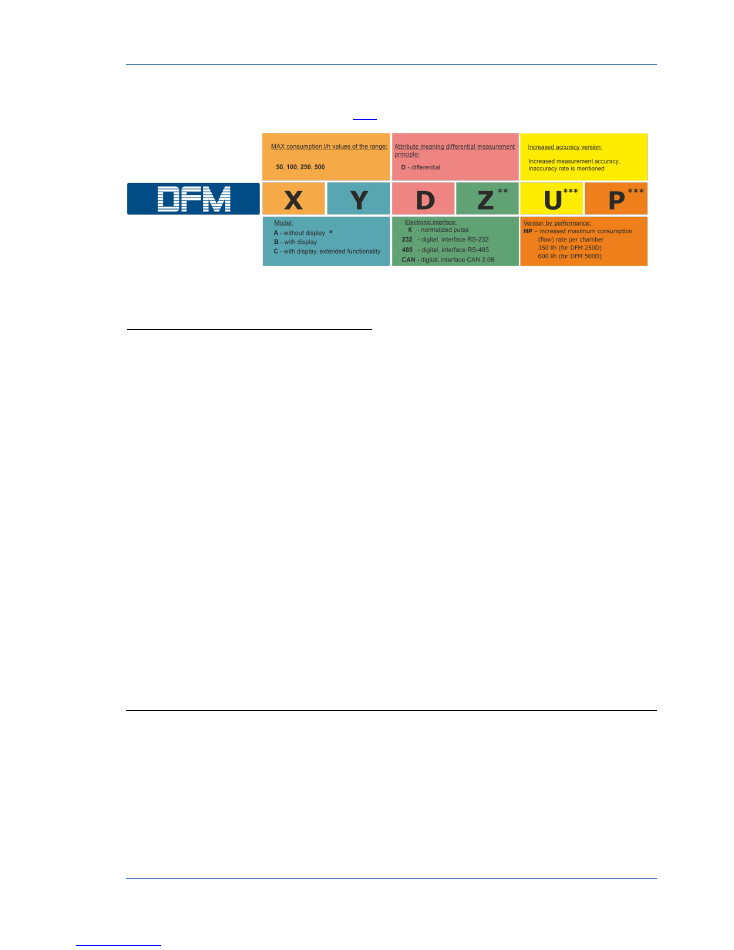
Introduction
DFM fuel flow meters. Operation manual. Version 6.4
© Technoton, 2017
8
See figure 1 for identification codes for
DFM
ordering:
Figure 1 — DFM order identification codes
Example of DFM order identification codes:
―Fuel flow meter DFM 50B‖
(max. flow rate 50 l/h, model - autonomous with display)
―Fuel flow meter DFM 250 AK, 0.5 %‖
(max. flow rate 250 l/h, model - without display, output interface – normalized pulse, in-
creased measurement accuracy, inaccuracy is ±0.5%)
―Fuel flow meter DFM 500DK HP‖
(max. flow rate 600 l/h, model - differential without display, output interface – normalized
pulse, higher maximum consumption rate)
―Fuel flow meter DFM 500CD‖
(max. flow rate 500 l/h, model - differential autonomous with display)
―Fuel flow meter DFM 500CCAN‖
(max. flow rate 500 l/h, model - differential with display, output interface – CAN 2.0B)
* A
symbol is not specified for differential fuel flow meters.
**
For autonomous fuel flow meters
Z
version is not used.
***
This version is delivered upon special order. Designation
U
is available only for
one-chamber flowmeters, designation
P
— only for differential DFM flowmeters.
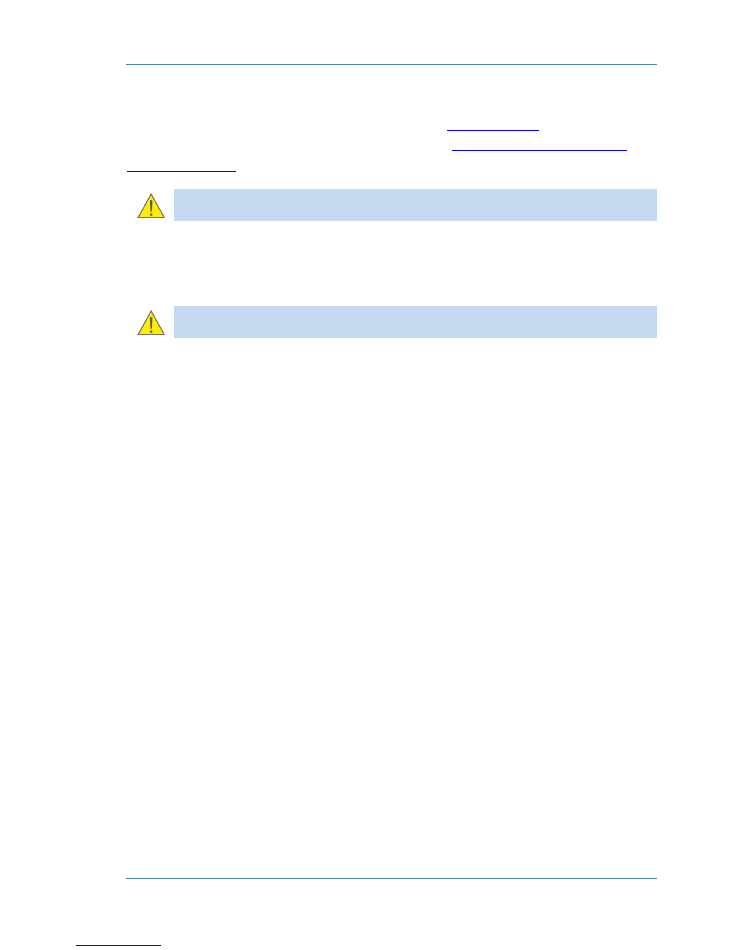
Introduction
DFM fuel flow meters. Operation manual. Version 6.4
© Technoton, 2017
9
For DFM fuel flow meter with output interface configuration a service kit is used (S6 SK or
SK DFM), which is ordered additionally, and software
Service S6 DFM
. You can download
and/or update your Service DFM software at
http://www.jv-technoton.com/
, in
Software/Firmware
category.
ATTENTION:
It is strongly recommended to follow strictly the instructions of the
present Manual when using, mounting or maintaining DFM.
The Manufacturer guarantees DFM compliance with the requirements of technical
regulations subject to the conditions of storage, transportation and operation set out in this
Manual.
ATTENTION:
Manufacturer reserves the right to modify DFM specifications that do
not lead to a deterioration of the consumer qualities without prior customer notice.
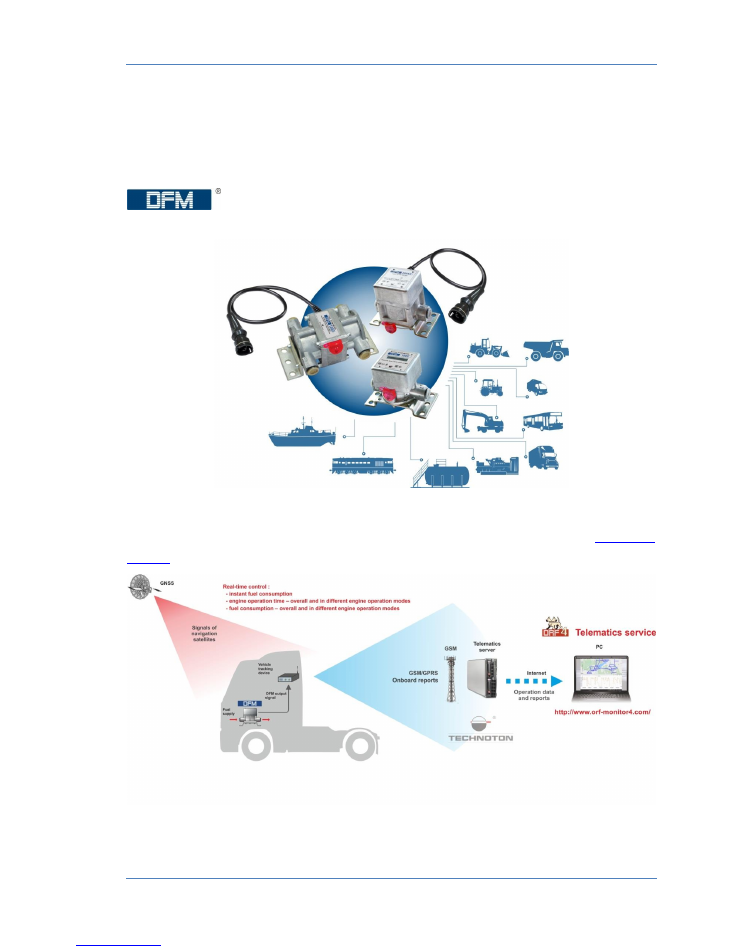
DFM general information and technical specifications / Purpose of use and application area
DFM fuel flow meters. Operation manual. Version 6.4
© Technoton, 2017
10
1 DFM general information and technical
specifications
1.1 Purpose of use and application area
f
low meters are designed for fuel consumption measurement
directly in fuel line of vehicles and stationary engines.
Figure 2 — DFM puprose of application
Application area
— DFM fuel flow meters are used both as a part of
Telematics
System
and as a stand-alone solution (
see figure 3)
.
a) within GPS/GLONASS vehicle telematics system
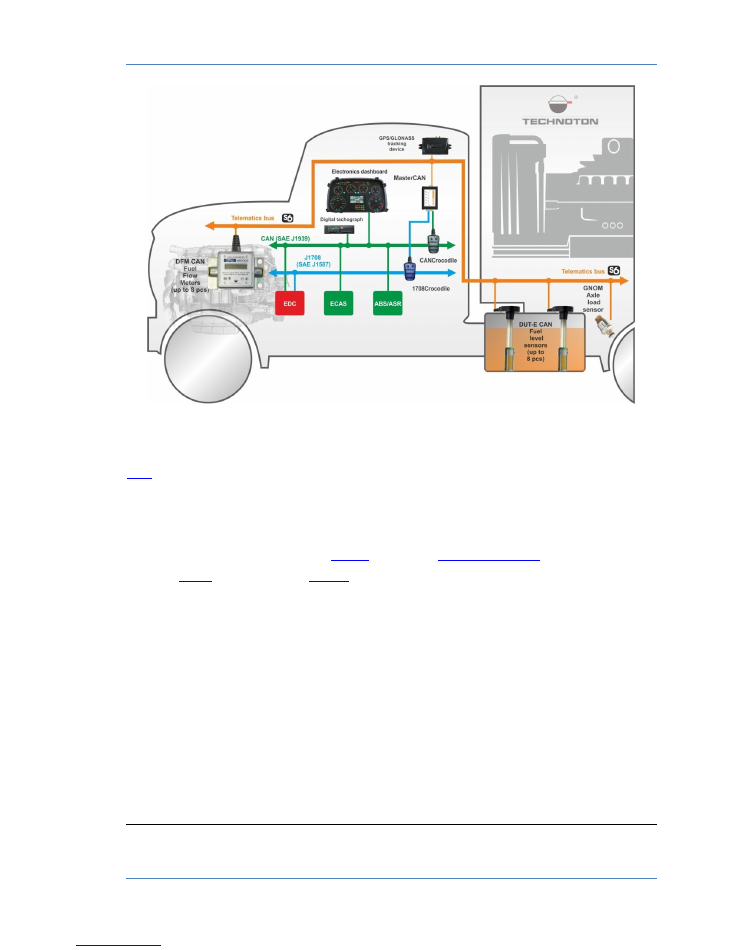
DFM general information and technical specifications / Purpose of use and application area
DFM fuel flow meters. Operation manual. Version 6.4
© Technoton, 2017
11
b) within S6 Telematics Interface
*
Figure 3 — DFM examples of application
DFM
are mounted into fuel supply line of the vehicle engine. DFM measure actual (instant)
fuel consumption rate and generates an output signal to forward it to a vehicle tracking
device (see figure 3 a)
.
Terminal unit gathers, registers, stores received signals and transfers them to telematic
Server. Software installed on the
Server
generates
Analytical reports
, which allow time-
related
Route
control and
Vehicle
fuel consumption monitoring via web-browser
(
see Figure 4
).
DFM with pulse output
interface
provide data on actual fuel consumption of engine
(overall fuel consumption and average instant fuel consumption)
DFM with digital output interface
provide real-time control over extended set of infor-
mation:
instant fuel consumption;
engine operation time – overall and in different engine operation modes;
fuel consumption – overall and in different engine operation modes;
voltage in on-board power network;
total operation time of flow meter and duration of power-supply from embedded
battery;
flow meter’s malfunctions;
evidence of interference to flow meter’s operation.
*
Only for DFM CAN.
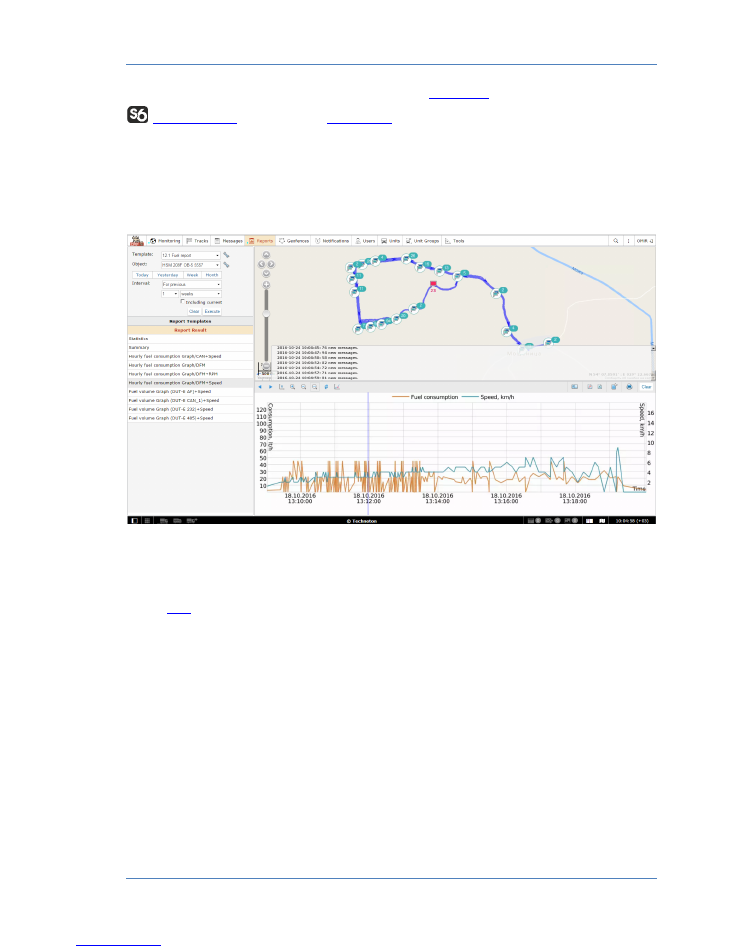
DFM general information and technical specifications / Purpose of use and application area
DFM fuel flow meters. Operation manual. Version 6.4
© Technoton, 2017
12
Using J1939 output protocol makes possible
DFM CAN
operation as a part of
telematics bus
together with
DUT-E CAN
fuel level sensors and other factory-built or
additional equipment (see figure 3 b). Tracking device with a single CAN interface port can
receive data from up to 8 DUT-E CAN sensors and up to 8 DFM CAN meters. This possibility
is especially useful while Vehicles with several engines (river boats, locomotives,
technological vehicles, diesel genset stations) are equipped.
Figure 4 — Example of Analytical Report generated in ORF 4 sofware,
based on the DFM CAN data
Use of
DFM
provides vehicle owners with the following:
actual fuel consumption records;
registration of machinery working time;
normalizing of fuel consumption quotas;
fuel theft detection and prevention;
real-time monitoring and fuel consumption optimization;
fuel consumption tests for engines.
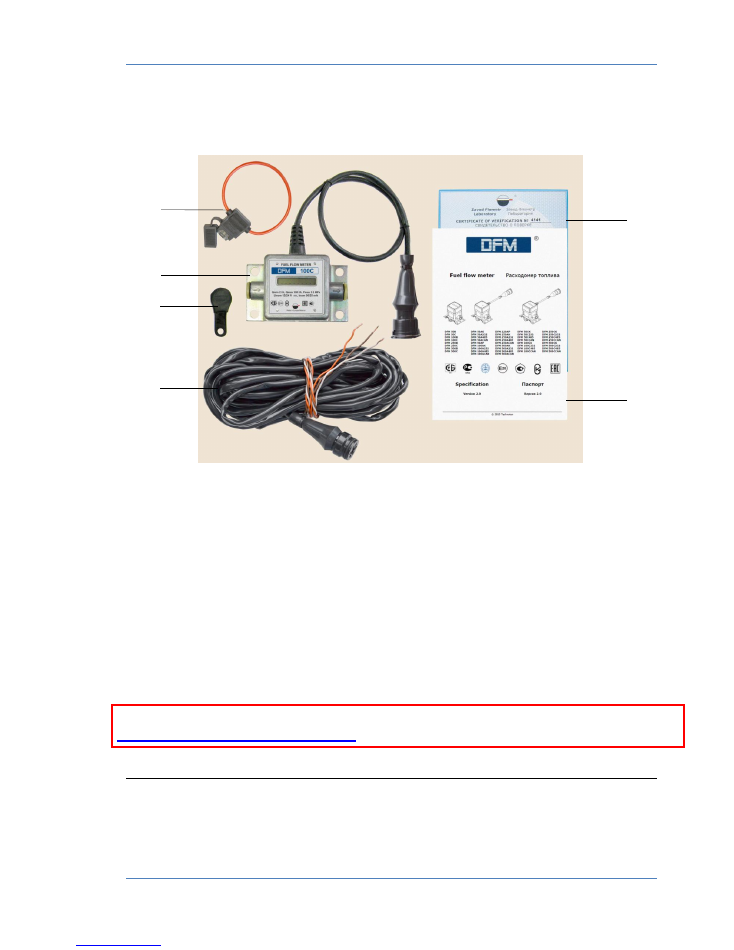
DFM general information and technical specifications / Exterior view and delivery set
DFM fuel flow meters. Operation manual. Version 6.4
© Technoton, 2017
13
1.2 Exterior view and delivery set
1
DFM fuel flow meter
– 1 pc;
2
iButton key
*
– 1 pc;
3
fuse with holder (2 A)
**
– 1 pc;
4
7.5m connection cable CABLE DFM 98.20.003 (7.5 m)
***
– 1 pc;
5
Verification certificate
– 1 pc;
6
Specification
– 1 pc.
Figure 5 — DFM delivery set
*
For DFM meters with built-in display.
**
Not applicable for autonomous DFM fuel flow meters.
***
Only for DFM meters with pulse interface output.
5
6
3
2
1
4
Download full version from Technoton Document center
http://docs.jv-technoton.com/